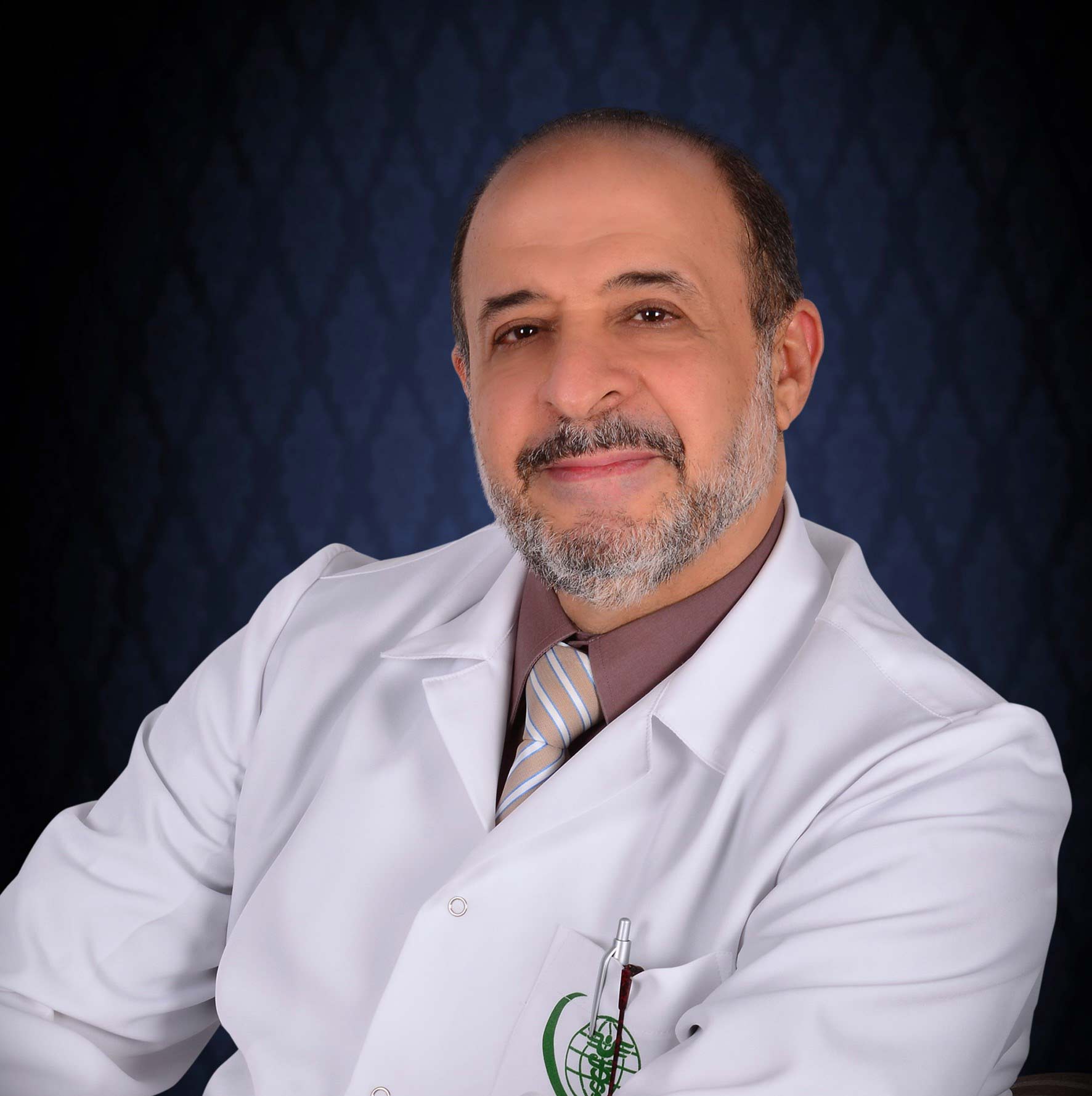Dr. Khalid Batterjee: TAKING CARE OF YOUR KNEES
TAKING CARE OF YOUR KNEES: Understanding when you need knee replacements
By Dr. Khalid Batterjee, Orthopedic & Spine Consultant, Head of Orthopedic Department, Saudi German Hospitals Group

The knees are the largest joints in our body–it provides motion at the point where the thigh meets the lower leg. The thighbone (or femur) leans towards the large bone of the lower leg (tibia) at the knee joint. It also involves cartilage, ligaments, menisci, and tendons. Complex as it appears to be, there are also a wide range of factors that can result in its damage and pain. In fact, chronic knee pain is a common problem and can occur for a number of reasons–making it difficult to walk and perform usual daily activities. Sometimes, the pain becomes so debilitating that it is impossible to move, which should prompt an individual to immediately seek medical help.
Upon consultation, medical specialists can recommend a diverse range of solutions for you to get better–from exercise, physical therapy, injections, medications, or non-surgical procedures, walking aids to analgesics. However, when all these options fail, knee replacement surgery can be a likely option to remove the pain.
A knee replacement, or what is also referred to as knee arthroplasty, is a common surgical procedure that involves the removal of the diseased joint and replacing it with artificial material. The procedure is recommended for people over 60 years of age and suffering from knee pain. A recent report shows that 72 per cent of knee replacement surgeries are made by those aged over 65.
Prior to surgery, the joints adjacent to the diseased knee (hip and ankle) are carefully evaluated. Doctors have explained this as an essential step towards ensuring a successful outcome and quick recovery from the procedure.
In performing the surgery, medical experts are tasked with removing the island of bone to which the anterior cruciate ligament (ACL) and the posterior cruciate ligament (PCL) are attached. A torn anterior cruciate ligament (ACL) is a second- or third-degree sprain of the ACL, which comes from the frontal area of the medial femoral condyle and passes through the middle of the knee—attaching to the tibia or the bony outcroppings that are located between the tibia plateaus.
Once the surgical procedure is completed, the newly replaced knee joint will feature a shape that aims to protect the island of bone and helps preserve the ligaments. The road to recovery from a knee replacement surgery is accompanied by physical therapy, which is seen as an important component to the rehabilitation process and requires a patient’s full cooperation to see the full outcome of the rendered procedure. The physical therapy can commence from 24 hours after the surgery. And to help stabilize the new knees, a knee immobilizer can be used to aid in the physical therapy, walking and sleeping. This can later be removed by the attending physical therapist for various portions of physical therapy.
Meanwhile, for patients with a torn ACL or PCL, medical specialists will recommend a corrective procedure to help repair the ligament, which provides stability for the joint and increase the patient’s ability to perform complex movements such as running and dancing. By saving the ligaments, a successful knee implant will provide an improved range of motion and increases joint stability and natural movement for knee replacement patients.
The rehabilitation and return to normal functions post the surgical repair of an ACL tear can take a period of three months. During this time, the patient needs to strike a balance between trying to do too much work in physical therapy returning strength and range of motion and doing too little. Being too aggressive might result in damaging the surgical repair, which in turn, can cause the ligament to fail again. Too little work and recovery might take a longer time to return to doing normal activities.
The Orthopedic Department of Saudi German Hospitals is led by leading medical professionals including specialists with fellowships in dedicated sub-specialties such as knee, hand, sports, and pediatric orthopedic surgery. Cross departmental referrals ensure every patient is attended to by a highly experienced physician for each diagnosis.
















